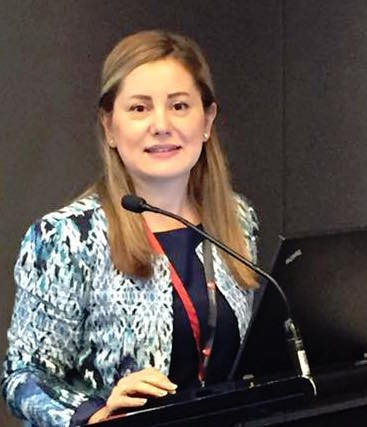Improving gender parity in senior positions has held long-standing air time in the Australian workforce discourse.
With women comprising only 15.4% of chief executive officers (CEOs) in Australian organisations and just over one quarter (27.4%) holding other key senior management roles, employer responses have included (although are not limited to) the introduction of gender quotas, new or greater flexible working arrangements, and in-house childcare. Centre for Work, Organisation and Wellbeing Higher Degree Research student member, Mahan Poorhosseinzadeh’s PhD research is seeking to shed light on just why there are still so few women in senior leadership despite the introduction of such strategies.
Undertaking two case studies which included policy analysis and interviews with 23 women and 22 men in middle, senior and executive management roles in an Australian university and hospitality organisation, Mahan shared the male participants’ perspectives in a 10 May seminar, asking what they thought were the barriers for women becoming, and succeeding, as senior leaders:
“Interviewees’ identified being geographically mobile, and having the ability to work long hours and prioritise career advancement over family responsibilities as important for gaining a senior position,” highlights Mahan. “And it is through the acceptance of these masculine aspects of the job [that consequently makes] one an ‘ideal candidate’.”
Yet despite of the employer-specific processes so critical to moving into senior positions appearing gender-neutral, Mahan’s interviews still highlighted barriers, with ‘traditional feminine traits’, nepotism and sponsorship headlining:
“Some of the senior men interviewed [in both academia and hospitality] took women’s slow progression or lack of desire for senior positions as ‘natural’ because of their role in child bearing and social role in child caring or as primary caregiver.”
“From the male interviewees’ point of view they acknowledge women’s caring responsibilities as a barrier or challenge to their career advancement but most male managers also believed that women chose family over career”.
In concluding, Ms Poorhosseinzadeh emphasised the support her research gives to existing hegemonic masculinity, homosocial reproduction and gendered processing theories, whereby male power and masculine values and norms remain entrenched in, and reinforced by, an organisation’s structure and culture:
“While it is clear that managerial masculinities are embedded in the routines of daily organisational life…it is also clear that [they] are not fixed. Made possible by the individuals occupying the managerial space, these gendered political arenas do not bode well for increasing, attracting (or retaining) …women in senior positions.”
You can contact Mahan for a copy of her PowerPoint from this presentation: [email protected].

